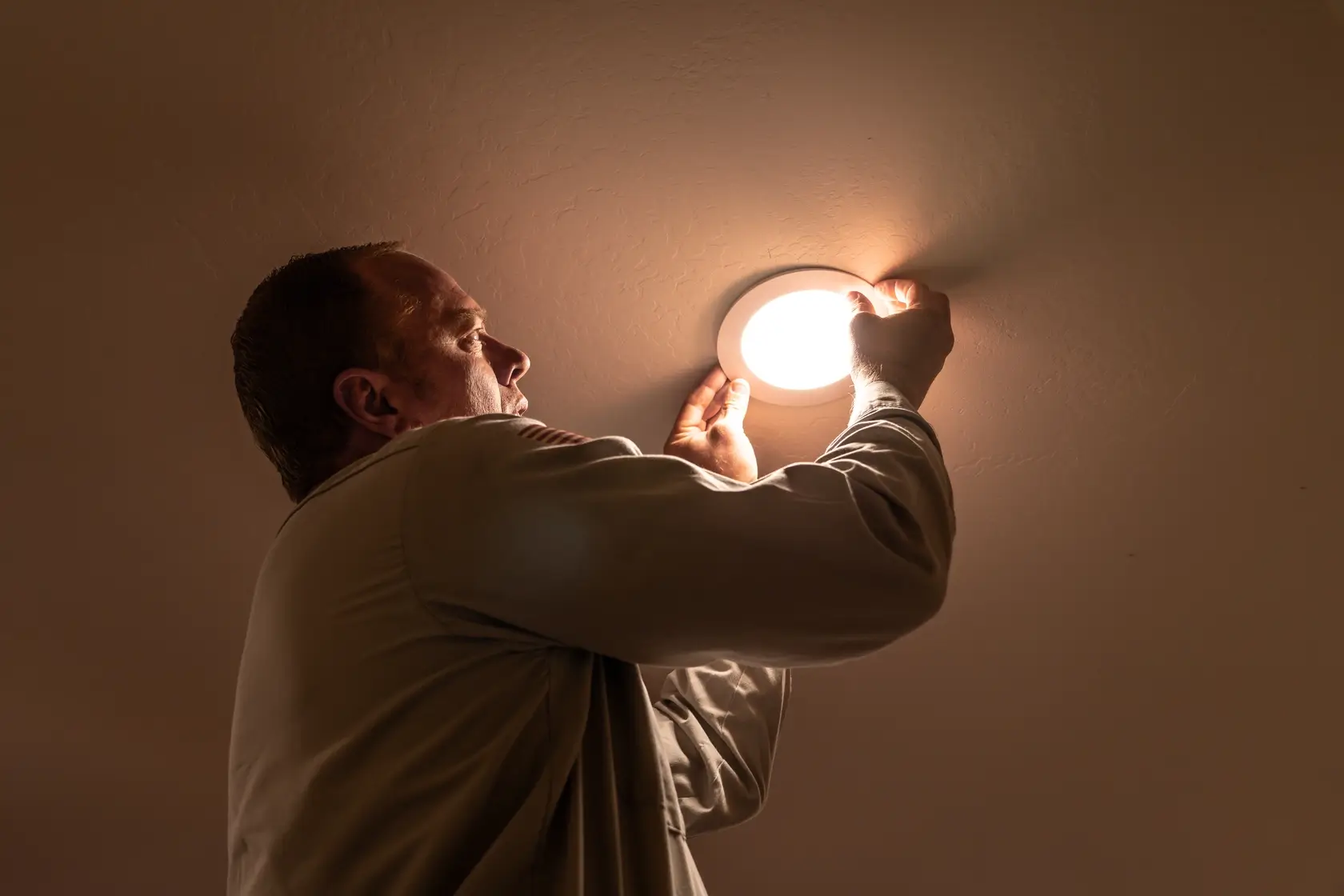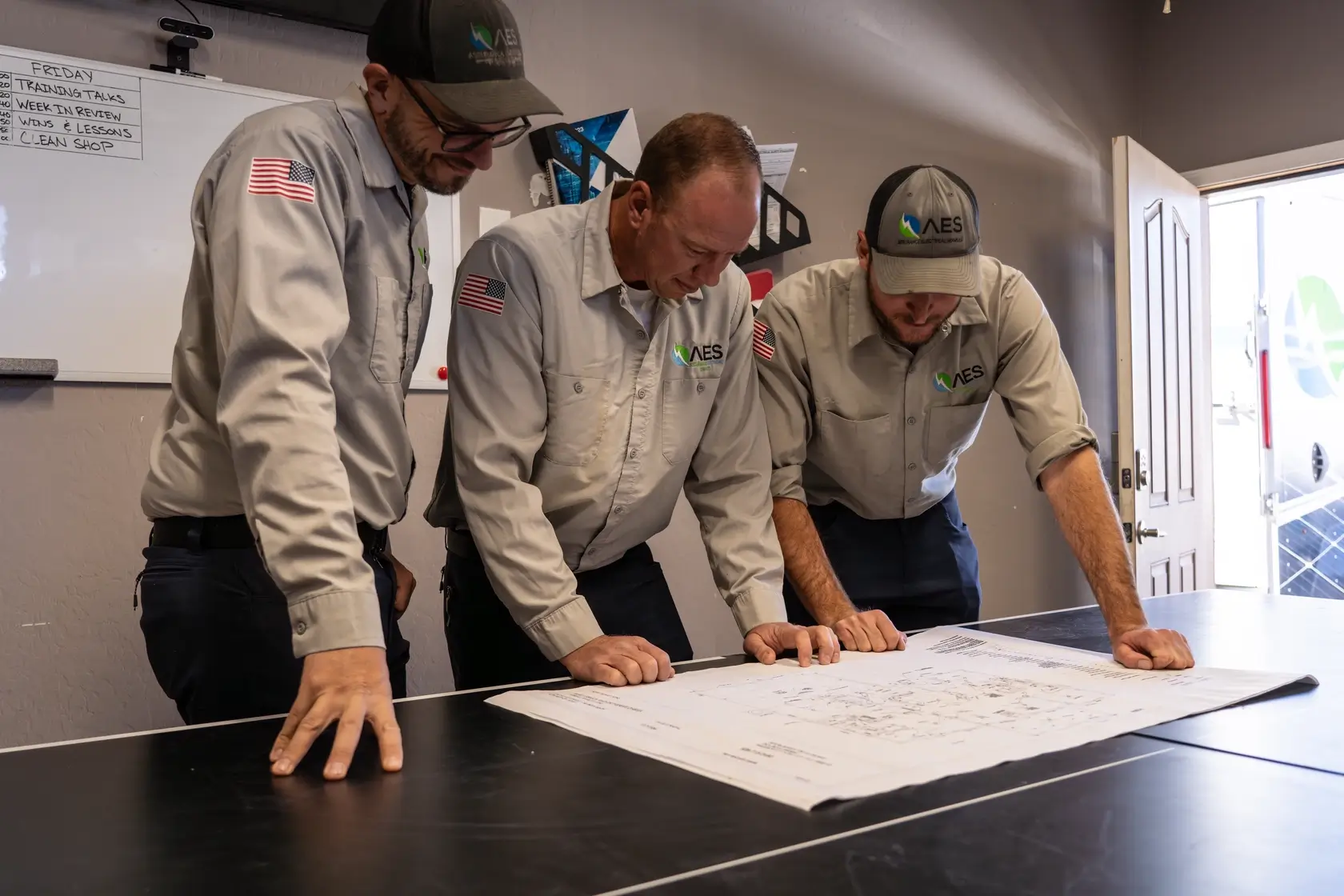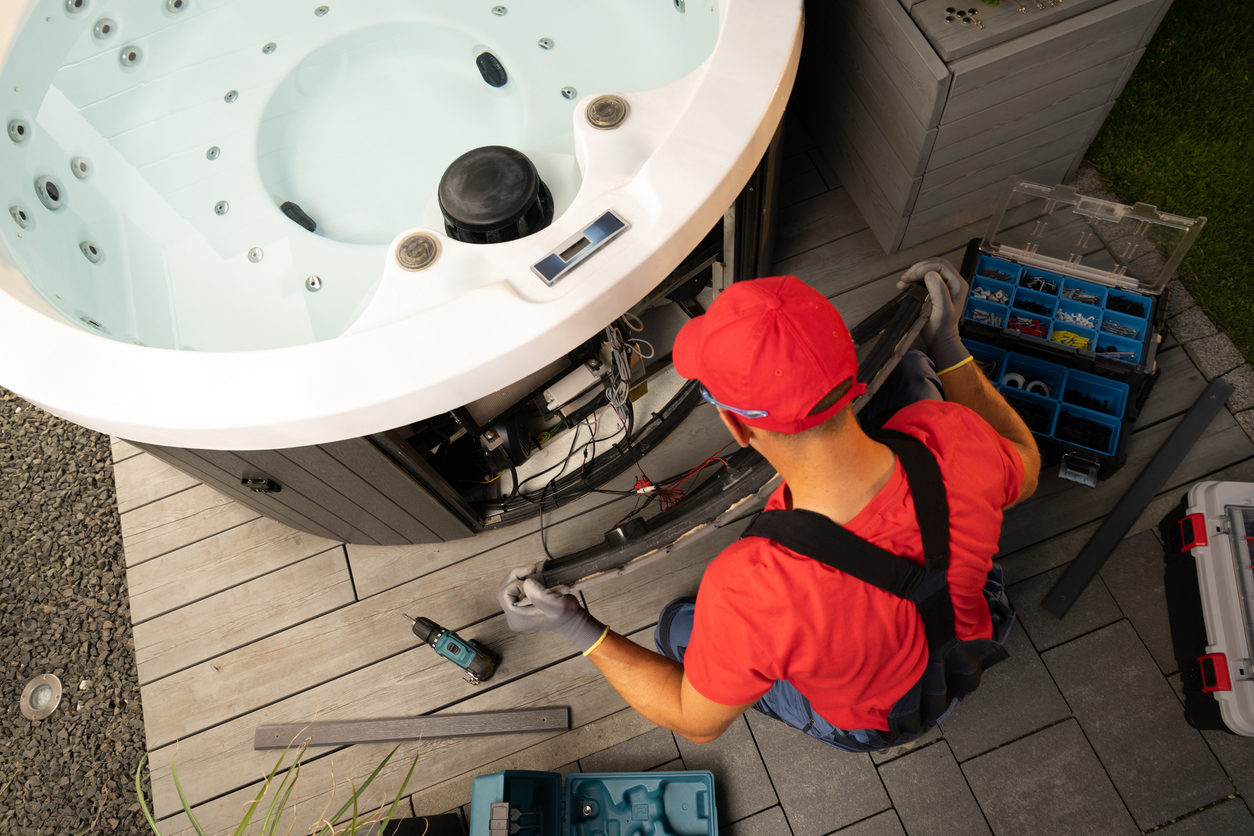What Happens During a Rough Electrical Inspection?
When your building is halfway through the construction or renovation process, you might need to schedule a rough electrical inspection (also known as rough-in inspection). This inspection is a crucial step in the construction process of any building as it ensures the compliance of an electrical system in a new or renovated building to all local and national safety standards.
In this guide, we will provide an overview of what happens during a rough-in electrical inspection and why it is important. Whether you are a homeowner, contractor, or builder, understanding this electrical inspection process will help you ensure that your building project is completed according to quality and safety standards. Let’s get started!
What Does Rough Electrical Inspection Mean?
Rough electrical inspection (also known as rough-in inspection) is a type of electrical inspection that is commonly conducted during a construction or renovation project. It is usually done before the ceilings and walls of a building are covered so electricians can focus on the installation of the electrical system and checking of the electrical circuits of the entire building structure.
What Is Rough-in Electrical Wiring?
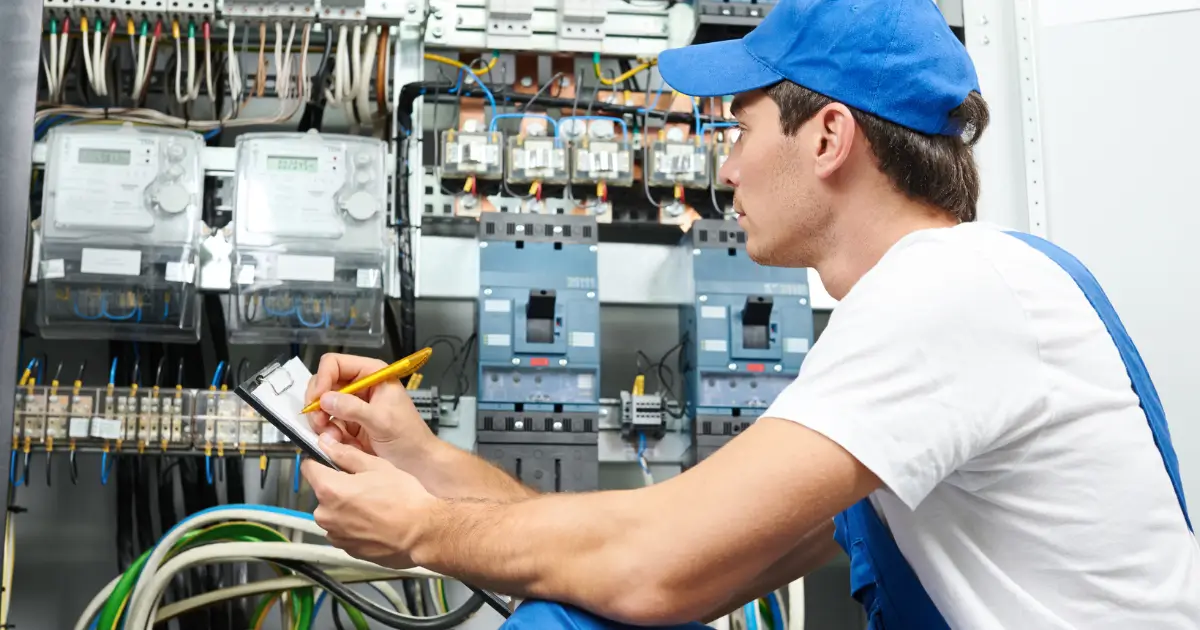
Rough-in electrical wiring refers to the initial installation of electrical wiring and conduit in a building or structure during the construction or renovation process. This is typically performed before the walls and ceilings are finished, allowing for easier access to the electrical system for installation and inspection.
During rough-in electrical wiring, electricians install conduit, which is a type of protective casing for electrical wiring, and run electrical wire from the electrical panel to various locations in the building, such as outlets, switches, and lights.
How Do I Prepare for an Electrical Rough-in Inspection?
Here are some steps you can take to prepare for a rough-in electrical inspection:
- Plan the electrical system: Together with your preferred contractor, develop a detailed plan for the electrical system, including the location of electrical panels, outlets, switches, and other components. This plan should take into account the needs of the building and the requirements of the local and national electrical codes.
- Install components correctly: Make sure that all electrical components are installed correctly, including electrical panels, outlets, switches, and wiring. Use the appropriate size and type of electrical components, and follow the manufacturer’s instructions and local and national electrical codes.
- Label components: Put labels on all electrical components including panels, outlets, and switches, to make it easier for you to identify and evaluate them.
- Clean the work area: Make sure the work area is clean and organized so that you can easily access and evaluate the electrical components.
- Review local and national electrical codes: Familiarize the local and national electrical codes that apply to your project. It’s important that you have fully reviewed the codes that the building you’re about to inspect will have to comply with before you proceed with the inspection procedures.
What Is Included in Electrical Rough-in?
Here are the components that a licensed electrician would check for an electrical rough-in inspection:
- Proper electrical circuits: The electrical inspector will verify that the building has the appropriate number of circuits for the area’s electrical requirements. All appliances inside the building have to have proper circuits. Additionally, there has to be sufficient general lighting and general appliance circuits installed in each room. Every appliance that needs a dedicated circuit, including the microwave, garbage disposal, and dishwasher, must have one, especially in kitchens. Additionally, the inspector will confirm that each room has the proper number of circuits for general lighting and appliances.
- Cables and wirings: There should be at least 8 inches of usable wire length extending from the electrical box. The electricians would also check for proper cable anchoring in which the cables should be secured properly to the wall studs. The wiring installation has to be detailed and in order.
- Electrical boxes: Electrical inspections will also check if the electrical boxes are large enough to handle the electrical demand of a home or a building. To ensure that the cable clamps grip the sheathing of the cable and not the conducting wires themselves, the cable sheathing should protrude into the box by at least 1/4 inch at the point where the cable is attached to the box. For newly constructed buildings, spacious electrical boxes are always recommended.
- AFCI Circuit Protection: AFCI circuit breakers are essential, especially to a remodeled electrical installation or newly built electrical systems. AFCI (Arc Fault Circuit Interrupters) is a type of electrical circuit protection device designed to detect and interrupt dangerous electrical arcs that can cause fires in residential electrical wirings.
- Surge protection: Proper installation and presence of surge protection devices will also be inspected by an electrician. Proper sizing of surge protectors at the main electrical panel will also be checked. This includes verifying that the surge protection devices are appropriately rated for the electrical load they are protecting and that they are connected to the electrical system correctly.
How Much Does a Residential Electrical Inspection Cost in Arizona?
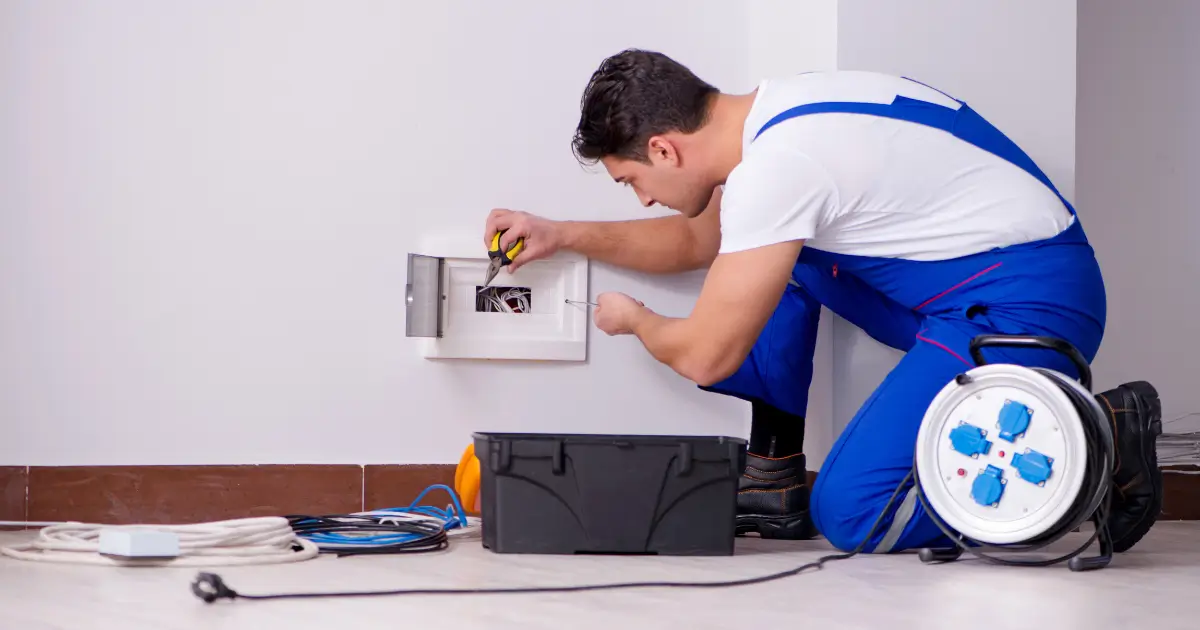
On average, the cost of a residential electrical inspection in Arizona can range from $275 to $350, but prices can be higher or lower depending on the size of the home, the complexity of the electrical system, and the expertise of the electrician doing the inspection.
Electrical Inspection Checklist for Residential Buildings
Most electrical circuits, if not all, are needed to be checked in a residential building. An electrical inspection is critical because we want to be assured that the electrical components of your home are functioning properly. An inspection can prevent potential hazards like fire, electrical shock, and other safety risks.
Here are the things that an electrician should check for residential buildings:
- Electrical Panel
- Wirings
- Electrical Outlets
- Switches
- Lighting fixtures
- Grounding
- Smoke detectors
- GFCI circuit protection
- Circuit breakers
- Electrical codes and standards
Professional Electrical Inspector in Arizona
Now that you are familiar with how a rough-in electrical inspection works, we hope that you understood the essence of complying with building codes and electrical standards for your building. If you’re looking for a licensed electrician to help you with your inspections, maintenance, and installation, Assurance Electrical is your way to go!
Share this article
Follow us
A quick overview of the topics covered in this article.
- What Does Rough Electrical Inspection Mean?
- What Is Rough-in Electrical Wiring?
- How Do I Prepare for an Electrical Rough-in Inspection?
- What Is Included in Electrical Rough-in?
- How Much Does a Residential Electrical Inspection Cost in Arizona?
- Electrical Inspection Checklist for Residential Buildings
- Professional Electrical Inspector in Arizona
Latest articles
November 22, 2025
November 22, 2025

